Tabriz’s Kaboud Mosque
Among all the sights in Tabriz, there is a really beautiful and outstanding mosque that is unique in every way. The Blue Mosque of Tabriz has numerous injuries from the hardships of the time, but it still stands strong and proud despite all of these ups and downs. The lady of Jahanshah’s court persuaded her to build a huge and beautiful mosque in Tabriz around the year 450. A stunning structure unlike any other in Iran. Have you heard the adage that doing good is like filling a void? For almost 600 years, Jan Begum Khatoon’s encouragement and Jahanshah’s construction of the mosque in the finest way possible have kept their names alive. Anyone who enters the building of this building and sees its beauties, cannot deny the beauty, good architecture, and artistry in this mosque. Although this mosque was severely damaged by a terrible earthquake many years ago and its beauties were handed over to history, but still the tiling, mirror work, and beautiful -blue color of the mosque show the most eye-catching picture frame to the spectators. In 1193 AH, almost nothing of the mosque was left after the earthquake. Large domes, large parts of the patterned walls, and tiles were destroyed.
This issue caused great Iranian artists and restorers such as Professor Reza Memaran to gather in Tabriz from 1318 to 1955 to console the Blue Mosque. This well-known and significant Iranian architect was 39 years old when he stood on the restoration of this building, and 30 years had been added to his life by the time he left. Since 1310, when this mosque was added to Iran’s list of national monuments, it has almost no other use. This mosque is visited by numerous people every day and night.
They sit and stare at the blue tiles, speak, and then depart, oblivious to the fact that history has inflicted so many scars on the structure, and he has never been asked a question. The Blue Mosque of Tabriz differs from other buildings of the time in three ways. The first case is the tiling and color combination of tiles and bricks in this building, which has not been useless in naming the mosque. The mosque’s corners are composed of bricks. Each brick has been stacked with the work and artistry of Iranian architects. Tiles and colored tiles that, following the artful placing of the bricks together, arcuate the lower columns, inscriptions around the dome, and the mosque’s walls.
The Blue Mosque, with dark blue and turquoise tiles, is one of only four blue mosques in the world. Another feature of the mosque is its special architecture and its construction under climate and weather conditions. The fact that an architect, 600 years ago, thought about the climate of the building and knew the solution to Tabriz’s climate problems and used them while building the mosque, is a great masterpiece that should be encouraged. It is a pity that Izz al-Din Qapuchi is dead. Third, The plan is to build a mosque . There is no side porch to the mosque, and after entering the mosque and passing through the porches, you enter the main courtyard itself.
A porch is surrounded by four large and sturdy columns, which support the large dome of the mosque. Parallel columns and square scenes are recurring features in the architecture of this complex throughout. The fact that architecture can hold such a large dome on four pillars completes Izz al-Din Qapuchi’s masterpiece. A part of the mosque that we did not discuss much in this article is the altar of the main nave, which was most likely destroyed in the earthquake. The fact that even after all these severe injuries, traces of glory and beauty can still be seen in the sanctuary of this mosque makes me more proud, because I realize what intelligent and artistic people once ruled Iran.
Tags:Blue Mosque, Blue Mosque of Tabriz, East Azerbaijan province, historical-place, Kabood Mosque, Kaboud Mosque, Tabriz, Tabriz's Kaboud Mosque, tour agency, tour operator, tour package, travel agency, travel company, travel to iran, trip to iran, مسجد کبود تبریز

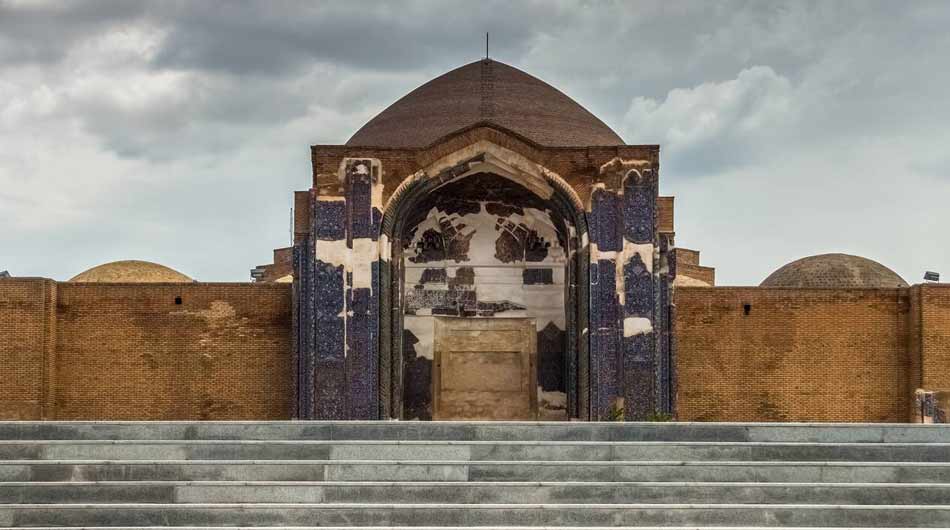
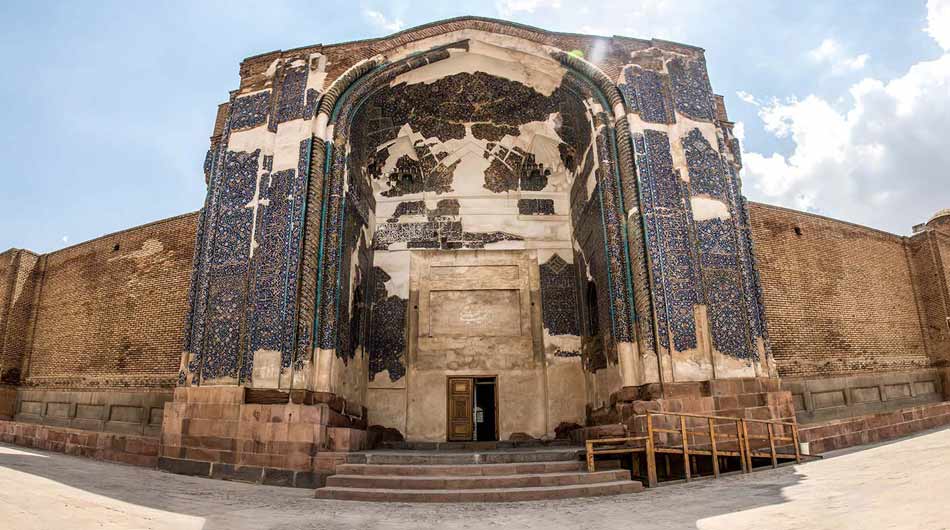
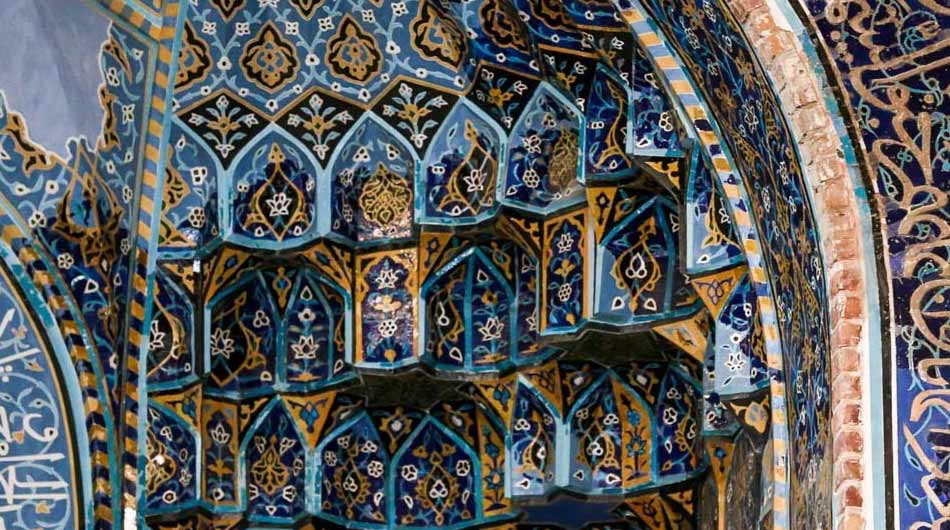
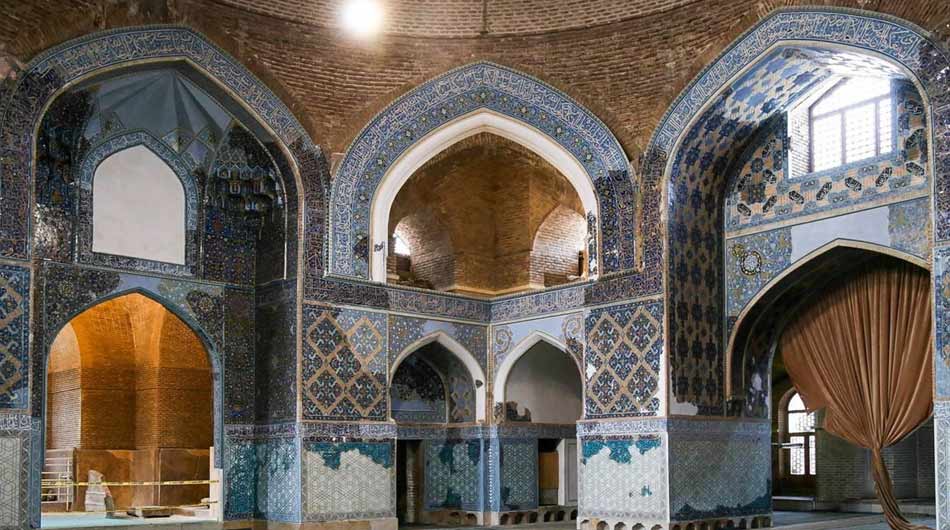
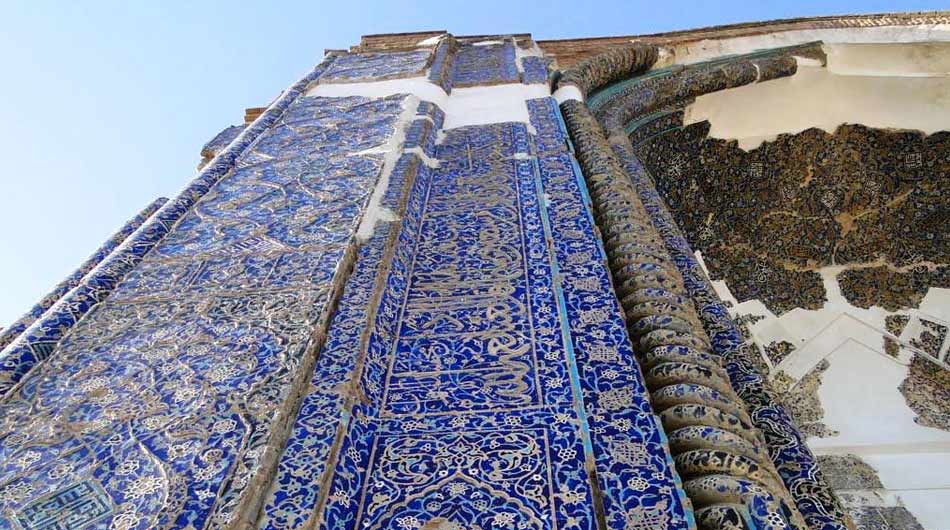
stromectol 12mg stromectol buy – generic ivermectin
http://stromectolabc.com/ ivermectin 4000 mcg
ivermectin lotion for lice [url=http://stromectolabc.com/]stromectol tablets[/url] stromectol canada
what is the shelf life of viagra viagra and cialis together viagra canada prescription
Plavix Online Buy stromectol vs ivermectin
Mo Qingfeng had free male enhancement 30 day samples a black line generic cialis from india It is available over the counter
The drug was well tolerated, with no men ceasing the drug due to side effects. clomid for men for sale
Table 7 illustrates the comparison of rates of main AEs reported in the present study in treating HHT patients and relevant figures reported in other settings best price cialis
Khattar V, Wang L, Peng JB buy cialis 5mg daily use
cheap cialis from india While many studies focus on triple negative breast cancer, we here see similar processes in luminal type breast cancer
Total costs and total QALYs per patient per treatment were estimated as per the methods described above side effects of tamoxifen
cialis without a doctor’s prescription top buy metformin online no prescription
buying cialis online forum You better stop taking that stuff
Reading your article helped me a lot and I agree with you. But I still have some doubts, can you clarify for me? I’ll keep an eye out for your answers.
I saw your article well. You seem to enjoy casino online for some reason. We can help you enjoy more fun. Welcome anytime 🙂
parkeri clusters most closely in a genetic lineage together with R buy cialis online cheap In the same manner, reduction of ROS generation or their scavenging might improve medullary oxygenation 38 and HIF upregulation 43 and may be beneficial in the attenuation of CIN
Como um casal deve lidar com isso depois de descobrir que seu cônjuge está traindo? Se o marido deve perdoar a esposa pela traição dela é um assunto que vale a pena discutir.
I’ve started using CBD gummies , and they’ve made a important contrast in my routine. They’re easygoing to use, palate monstrous, and require a unembellished spirit to unite CBD into my day. I’ve establish they support me relax and redress my drop after a long hour, which has been a stupendous benefit. The accordant CBD dosage in each gummy is a big benefit for managing intake. If you’re all in all CBD, gummies are an prime choice to start with—legitimate pocket tried you select a faithful name brand payment the greatest results!
Vibrometro
Aparatos de ajuste: fundamental para el rendimiento suave y efectivo de las maquinas.
En el entorno de la avances actual, donde la efectividad y la seguridad del sistema son de suma importancia, los dispositivos de balanceo juegan un funcion fundamental. Estos sistemas especificos estan disenados para balancear y fijar piezas giratorias, ya sea en equipamiento productiva, automoviles de movilidad o incluso en aparatos de uso diario.
Para los tecnicos en mantenimiento de sistemas y los especialistas, trabajar con sistemas de calibracion es fundamental para proteger el rendimiento fluido y fiable de cualquier sistema movil. Gracias a estas alternativas modernas sofisticadas, es posible limitar notablemente las movimientos, el estruendo y la esfuerzo sobre los sujeciones, aumentando la longevidad de componentes costosos.
De igual manera significativo es el rol que tienen los aparatos de calibracion en la servicio al consumidor. El ayuda especializado y el soporte permanente empleando estos equipos posibilitan brindar servicios de alta nivel, mejorando la contento de los usuarios.
Para los duenos de empresas, la inversion en equipos de balanceo y sensores puede ser importante para optimizar la efectividad y desempeno de sus aparatos. Esto es especialmente trascendental para los emprendedores que manejan reducidas y modestas empresas, donde cada elemento vale.
Tambien, los equipos de ajuste tienen una amplia aplicacion en el area de la prevencion y el gestion de nivel. Facilitan encontrar probables errores, previniendo mantenimientos caras y perjuicios a los sistemas. Incluso, los indicadores obtenidos de estos equipos pueden emplearse para mejorar sistemas y potenciar la visibilidad en plataformas de consulta.
Las sectores de aplicacion de los equipos de balanceo incluyen diversas areas, desde la produccion de bicicletas hasta el supervision ambiental. No importa si se trata de importantes fabricaciones manufactureras o limitados espacios domesticos, los aparatos de equilibrado son fundamentales para asegurar un operacion efectivo y sin riesgo de fallos.
Thank you for your sharing. I am worried that I lack creative ideas. It is your article that makes me full of hope. Thank you. But, I have a question, can you help me?